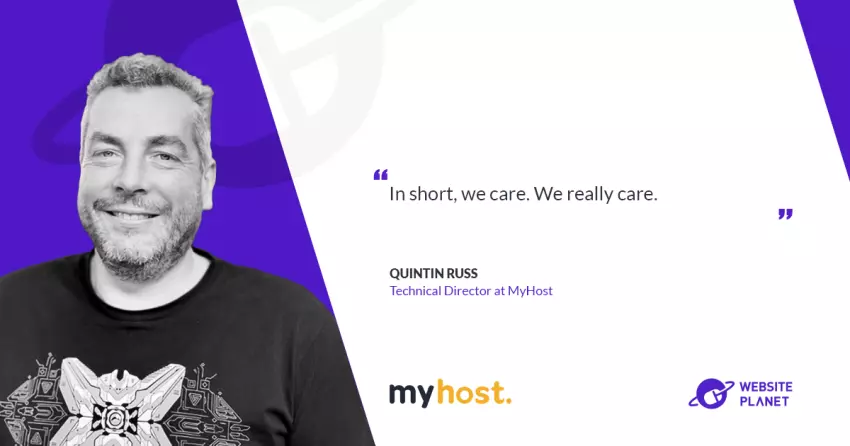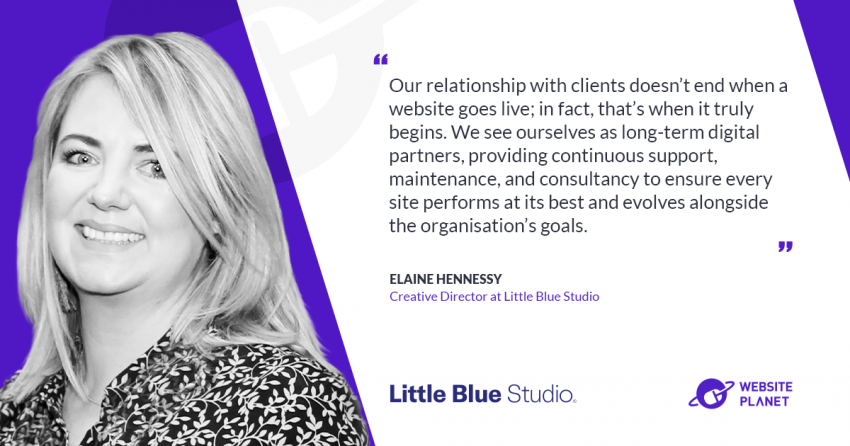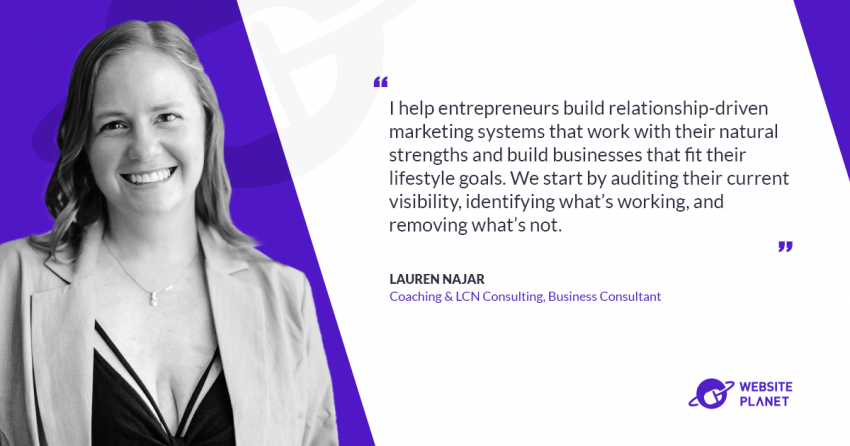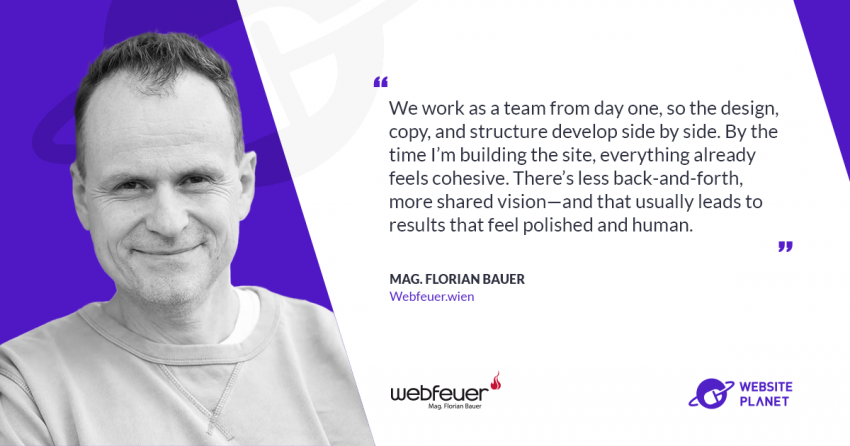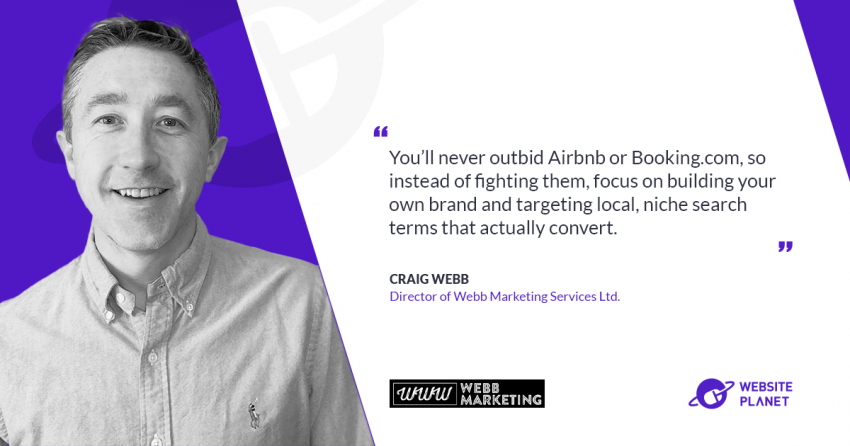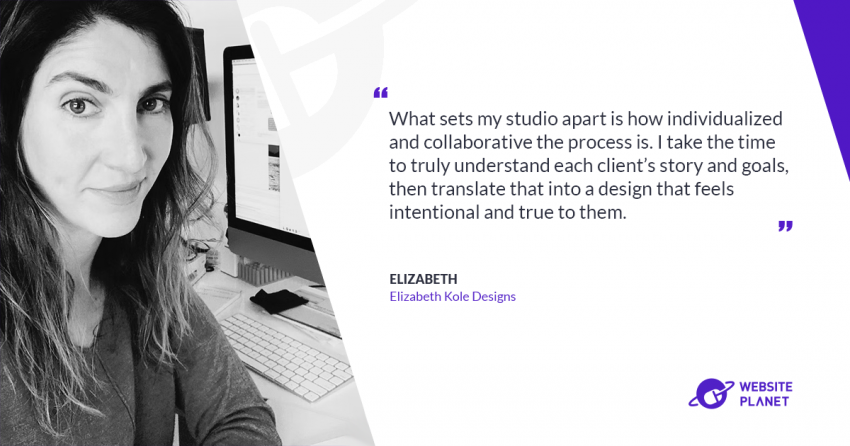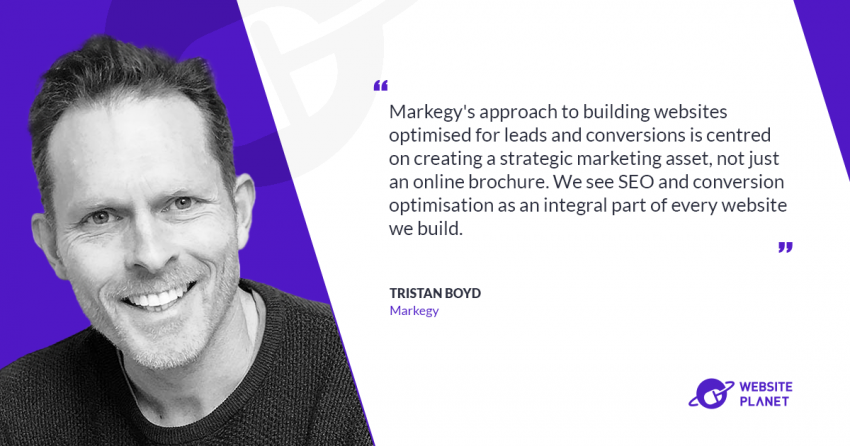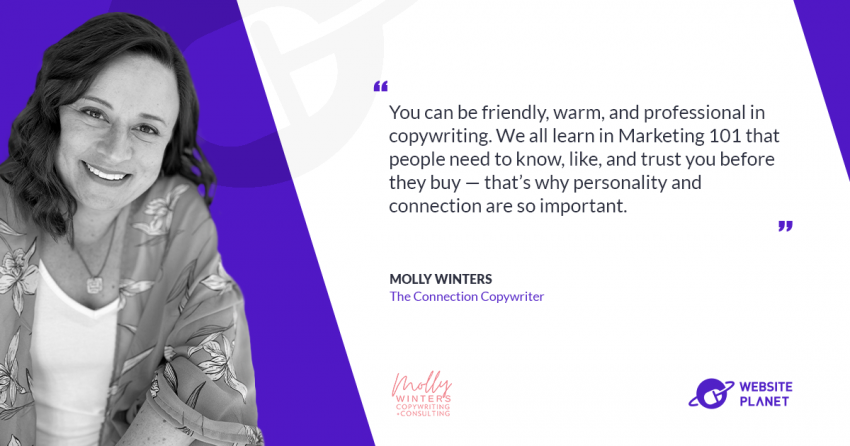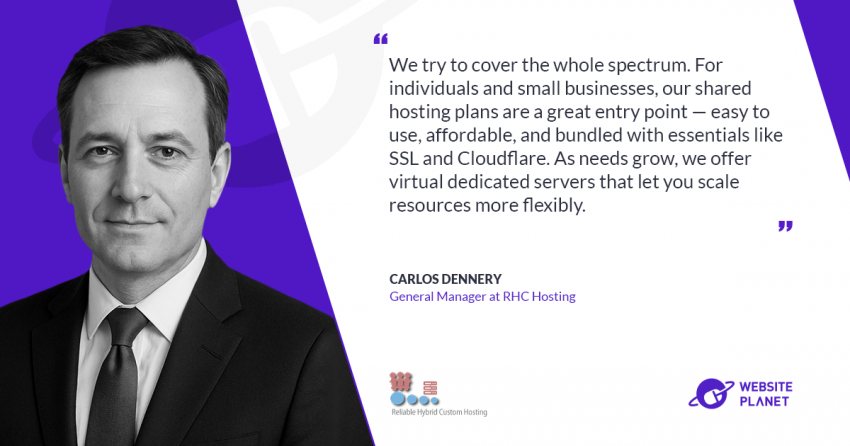With a mission rooted in reliable performance, competitive pricing, and local support, MyHost has been a cornerstone of New Zealand’s hosting scene since 2000. In this interview, Website Planet spoke with Technical Director Quintin Russ to learn how the company continues to grow, evolve, and serve over 10,000 customers across New Zealand and Australia.
How and when was MyHost founded, and what pain points were you trying to solve?
No matter how low your bills are, if servers are slow, service is bad, and downtime is common, then your hosting will cost you too much time and stress. That’s the biggest pain point we solve. We’re here to mix competitive prices, good performance, and high-quality local service. It’s been a quarter of a century, and that mission hasn’t changed.
The history of MyHost (myhost.nz) goes back to 2000, when the New Zealand web hosting industry was a much smaller and very different place. There have been countless mergers and acquisitions since then, and a lot of brands ended up in overseas ownership. Not us, though. In 2009, we became part of Auckland’s SiteTech Group. Later on, WebSliceNZ came into the same tent with a similar mission to us and a sturdier hosting platform. A big milestone came in 2021 when the two of us merged to combine our strengths and form a bigger, more powerful MyHost.
We’ve grown a lot in recent years, and now we’re building up in Australia as well (my-host.au). From being a small battler with hundreds of customers, we now have hardware on both sides of the Tasman, and we’re serving over 10,000 people and businesses.
What different types of hosting services do you offer?
Most of our customers are on shared Web Hosting (myhost.nz/hosting/web-hosting), using cPanel to manage hosting accounts that run on high-spec, modern hardware in Auckland or Sydney. Those customers might be web development agencies running dozens of client sites, or hobbyists with a single WordPress site. For people who don’t want to learn the ins and outs of a CMS, our Website Builder (myhost.nz/website-builder) is getting more and more interest. Those packages all come without hard storage limits, as does our Email Hosting (myhost.nz/hosting/email-hosting).
Our Reseller Hosting (myhost.nz/hosting/reseller-hosting) packages let businesses offer our Web Hosting technology under their own brands. Then, for the more technically-minded, we have VPS (myhost.nz/servers/virtual-private-servers), Dedicated Servers (myhost.nz/servers/dedicated-servers), and cPanel Servers (myhost.nz/servers/cpanel-servers), which can all come managed or unmanaged. A lot of thought and investment go into the hardware configurations that we offer, so we’re particularly proud of the performance of these machines.
Since that’s quite a few things to choose from, we’re here for a helpful, human conversation with anyone who wants advice before they make a decision. We love learning what technology different customers want to run and how we can help them do it faster, or cheaper, or both. Then we help plan out their move as well. When you’ve been struggling with hosting, a well-executed migration is a massive relief.
What is co-location, and how does it work?
If you own and run your own server hardware, you have the problem of where to put it. Servers need to be kept cold, and, given how important they are to your business, they need back-up power supplies, robust and fast network connections, and a professional level of physical security. The corner of your office might not be ideal.
Co-location (myhost.nz/servers/co-location) is an easy answer to all of this. Your server sits in one of Auckland data centres and we keep it as cool, connected, and physically secure as our own machines are. It’s still 100% yours, and if you ever need direct access to it you’re welcome to visit.
There’s a lot of trust involved, and we like to think that we’ve earned it. It’s common for co-located servers to be shipped directly to us, which means that customers can have hardware that they own and control, but have never actually seen.
We can offer co-location because we have our own data centre near our customers. A lot of our competitors can’t say that. In fact, some brands that look local don’t even have any of their own machines in New Zealand!
Can you walk me through the process of creating a website with MyHost?
The quickest and easiest way to get a website up and running with us is to use our Website Builder (myhost.nz/website-builder). You pick a website template, drag and drop blocks to assemble each page, click to type or insert media, and that’s pretty much it. No coding, no design skills required.
Last summer, we asked an intern in our marketing team, who thought that creating her own site would be intimidating, to give it a go for a couple of hours. We’re mostly tech types in the MyHost office, so we wanted someone a bit more “normal” to be the test driver. And she got a small site built really fast! She blogged all about it (myhost.nz/blog/website-builder-demonstration), and you can even visit her site too (builderexample.myhost.nz).
My favourite thing about Website Builder is its flexibility. There are dozens of different blocks, so there’s not much that you can’t do. Of course, there’s basic stuff like text and images, and then interactive blocks like social media integration and forms, rich media like videos, and even full ecommerce functionality. You can build a whole shop, including payment processing, without knowing any code. That’s just cool.
What makes MyHost stand out in the competitive niche it is in?
It’s simple, we stand out by keeping customers happy. We’re local, with a physical presence close to our New Zealand and Aussie customers. We understand what people here want. A lot of local-looking providers are massive international companies in disguise, and if you’re a solo web developer in Christchurch or Adelaide, you’re never going to be their priority.
When customers move to us, they’re often leaving a frustrating experience behind. They’ll tell us about competitors that they’ve come from, where support tickets went unanswered for days, or outages dragged on with no sense of what’s happening or when everything will be fixed. We communicate properly and honestly. Our Support Team is 100% in-house (no out-sourcing), and your questions go straight to real people who can actually fix things. We always ask how we did, and we report the satisfaction results on our home page. Today we’re at 97%.
Then there’s the stuff customers never see – the actual hardware that their hosting runs on. We invest carefully in modern gear, we don’t overload our servers, and if you stay with us, we don’t leave you on an old machine just because we can. That all adds up to better performance and more uptime. In short, we care. We really care.
